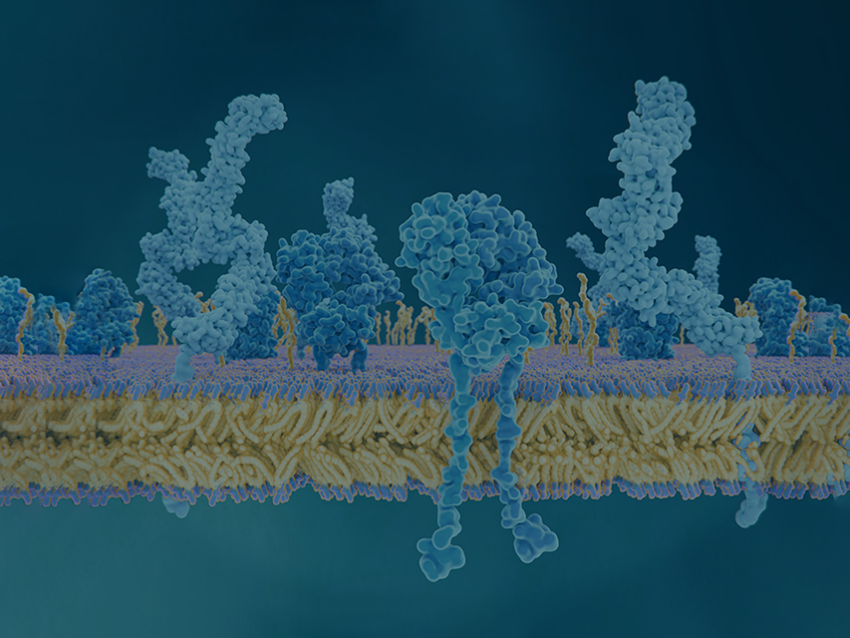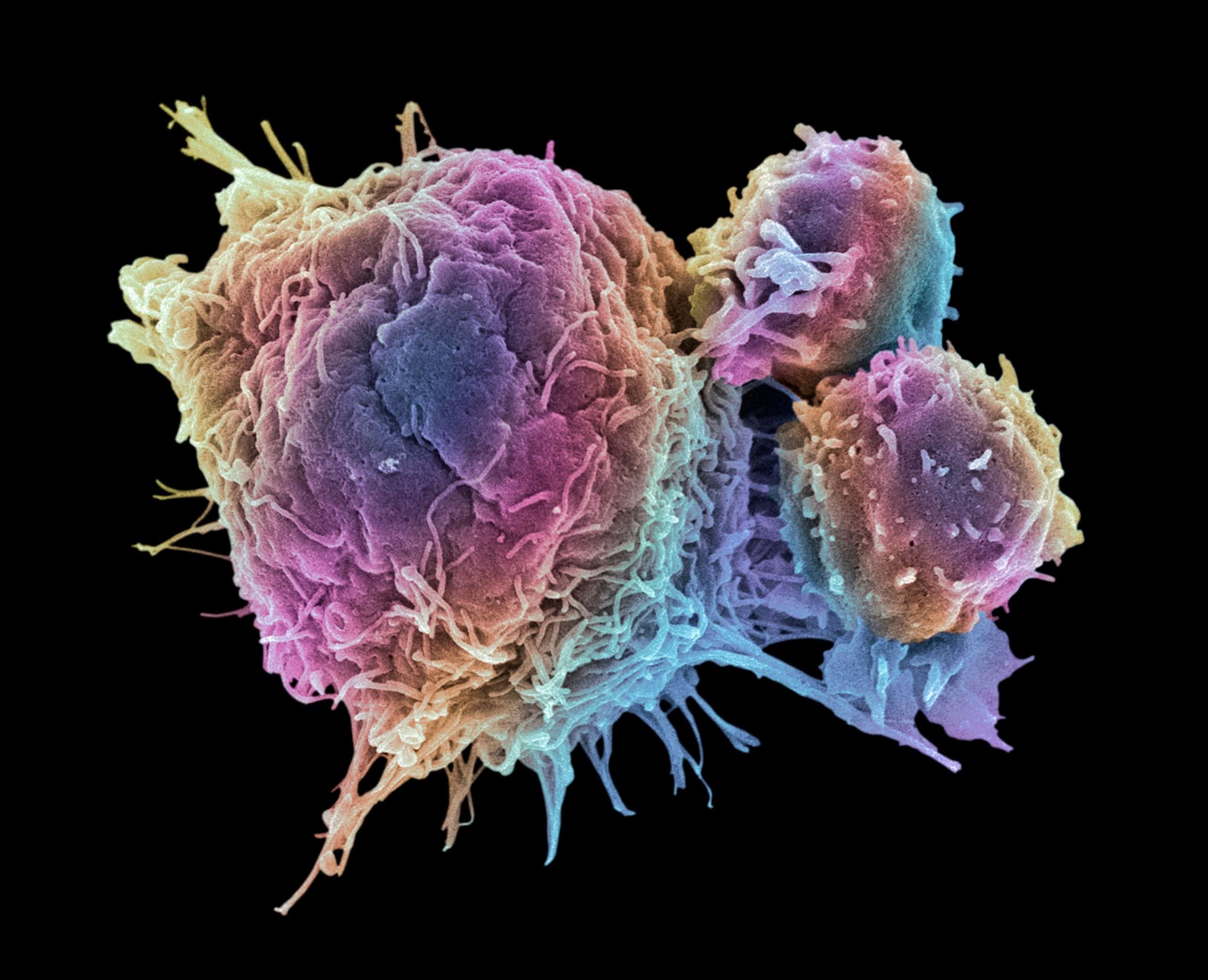
nCounter® TCR Diversity Panel
Helping Your Research
A diverse population of T cell receptors (TCRs) is a hallmark of a healthy, unchallenged adaptive immune system; however, the usage of TCR variable regions changes upon challenge with a pathogen, cancer, or transplanted organ. Shifts in TCR diversity can be indicative of disease onset and progression, response/non-response to treatment, and/or disease recovery. The nCounter TCR Diversity Panel allows you to rapidly determine usage of TCR variable regions and shifts in TCR diversity in response to cancer, infectious disease, autoimmunity, or transplanted organs without any enzymatic steps or sequencing.

Panel Selection Tool
Find the gene expression panel for your research with Panel Pro
Find Your Panel
Product Information
The nCounter TCR Diversity Panel has broad applicability for biomarker development, immune profiling, and cell screening across cancer, infectious disease, autoimmunity, and organ transplant. Profile overnight the abundance of alpha, beta, delta, and gamma variable regions as well as constant regions with minimal hands-on time and receive an automated report with a diversity score for each sample.
The TCR Diversity Panel contains probes for all alpha, beta, delta, and gamma variable and constant regions as well as important immune cell markers for relevant T cell biology.
The TCR Diversity report is available for purchase separately from NanoString for use within the ROSALIND® Platform and evaluates the expression of variable regions of the T cell receptor. The variable regions are assessed for overall expression (above or below background) and normalized to a panel standard which allows for more precise quantification of these variable regions. An estimate of TCR Diversity is calculated and shown relative to designated grouping variables.
The TCR score calculates the diversity of T cell receptor beta variable regions within a sample. The score is based on the Shannon Diversity index calculation, a mathematical measure of species diversity within a community. This ecological calculation accounts for the abundance and evenness of the variable regions present within a given sample versus the population of T cell receptors within a given dataset. A given score is relative within a dataset, and a higher TCR score means there is a more diverse population of variable regions or a less clonal population. A lower TCR score means there is less diversity or a more clonal population. True clonality can only be determined by full sequencing of the T cell receptors, but clonality can be estimated by measuring the diversity of TCR beta variable regions.
Download a demo version of the TCR Diversity Report and open the corresponding TCR Diversity Report-Readme file.


ROSALIND is a cloud-based platform that enables scientists to analyze and interpret differential gene expression data without the need for bioinformatics or programming skills. ROSALIND makes analysis of nCounter data easy, with guided modules for:
- Normalization
- Quality Control
- Individual Pathway Analysis
- Differential Expression
- Gene Set Analysis
nCounter customers can access ROSALIND free of charge at https://www.rosalind.bio/nanostring.
* The nCounter TCR Diversity Panel requires users to consider the estimated fraction of T cells likely present in their sample and adjust input amounts accordingly.
- For PBMCs or Sorted T cells where T cells are more abundant, a minimum of 150 ng is recommended. When the sample is not limiting, 300 ng is a more ideal input quantity.
- For solid tissue or non-immune tissues where the fraction of T cells is typically below 50%, a minimum of 500 ng is recommended.
- For immune privileged or cold tumor tissues, optimization is always recommended, examples of this situation include glioblastoma, breast cancer tissues, etc. where samples are likely to have a low fraction of T cells.
Input material can be optimized by scaling to the TRBC1/2 probes with acceptable assay conditions achieved when 2,500 counts are reached with this probe, but before saturation is reached for the cartridge.
Input amounts for this panel can be increased from the minimum significantly without saturating the cartridge, although at high input values saturation may still be possible. Consult with a NanoString Field Application Scientist for any questions related to input amounts and assay optimization.
Related Resources






Publications
A new approach to simultaneously quantify both TCR α±- and β-chain diversity after adoptive immunotherapy
Polyclonal expansion of TCR Vbeta 21.3 + CD4 + and CD8 + T cells is a hallmark of Multisystem Inflammatory Syndrome in Children
Multiple Inflammatory Syndrome in Children (MIS-C) is a delayed and severe complication of SARS-CoV-2 infection that strikes previously healthy children. As MIS-C combines clinical features of Kawasaki disease and Toxic Shock Syndrome (TSS), we aimed to compare the immunological profile of pediatric patients with these different conditions.
Request a Quote
Contact our helpful experts and we’ll be in touch soon.


